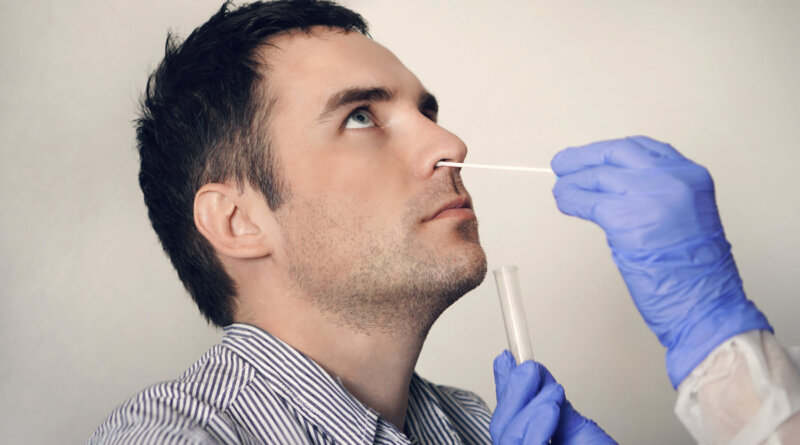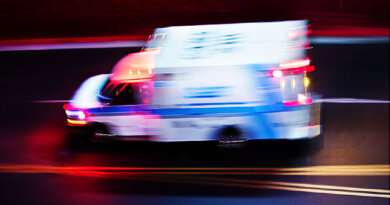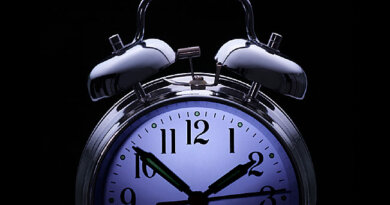Saliva Equals Nasal Swab for COVID Test Accuracy
By Cara Murez
HealthDay Reporter
FRIDAY, Dec. 11, 2020 (HealthDay News) — A self-collected saliva sample is as good at detecting COVID-19 as a nasal swab administered by a health care worker — without exposing medical staff to the virus while collecting the sample.
“The current pandemic has placed a significant strain on the supply chain, from swabs to the personal protective equipment [PPE] health care workers need to safely collect samples,” explained lead investigator Esther Babady, director of the Clinical Microbiology Service at Memorial Sloan Kettering Cancer Center in New York City. “The use of self-collected saliva has the potential to minimize health care worker exposure and decrease the need for specialized collection devices, such as swabs and viral transport media.”
The saliva tests detected the virus’ genetic material in saliva samples at similar rates as swabs that collected material through the mouth or nose. They were also stable for up to 24 hours when stored with ice packs or at room temperature.
Researchers from Memorial Sloan Kettering collected samples from 285 employees between April 4 and May 11, at the peak of the New York City outbreak. The participants had symptoms of the virus or had been exposed to it.
Each of the participants provided a pair of samples. Some were asked to do a nasopharyngeal swab collected through the nose and a saliva sample. Some provided an oropharyngeal swab collected through the mouth and saliva. Others provided the nasopharyngeal swab and a sample from an oral rinse, another collection method that was being tested.
Researchers found that the agreement between the saliva and swab administered through the mouth was 93%, and that sensitivity was 96.7%. The swab administered through the nose and saliva had a result agreement of 97.7%, with sensitivity of 94.1%. The oral rinse was only 63% effective at detecting the virus. The agreement between the nasal swab and the oral rinse was 85.7%.
Nasal swabs and saliva with a range of viral loads were stored both at room temperature and in a cooler. Researchers detected no difference in concentration at the time of collection, eight hours later or 24 hours later.
Continued
The study was published online recently in The Journal of Molecular Diagnostics.
The findings hold great promise for broad testing strategies that would mitigate risk of infection for health care workers while preserving PPE, Babady said.
“The current ‘test, track and trace’ public health approach to surveillance relies heavily on testing for both diagnosis and surveillance,” she said in a journal news release.
“The use of self-collected saliva provides a cheaper and less-invasive option for viable sample collection. It’s certainly easier to spit in a cup twice a week than undergoing frequent nasopharyngeal swabs,” Babady said. “This can improve patient compliance and satisfaction particularly for surveillance testing, which requires frequent sample collection. Since we also showed that the virus was stable at room temperature for at least 24 hours, saliva collection has potential for use at home.”
More information
The U.S. Centers for Disease Control and Prevention offers more on testing for COVID-19.
SOURCE: The Journal of Molecular Diagnostics, news release, December 2020





amoxicillin without a prescription https://amoxicillin.best/ where can i buy amoxicillin online